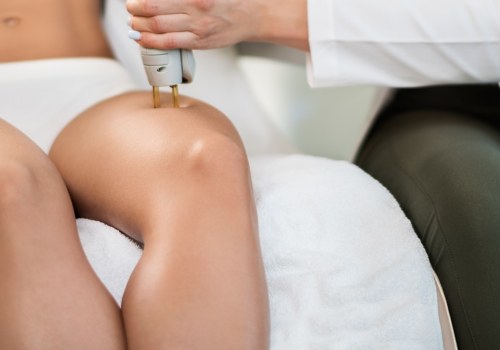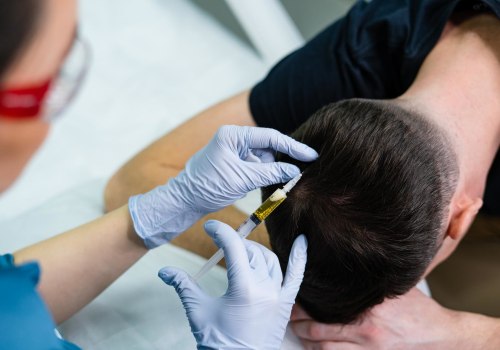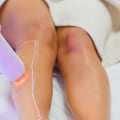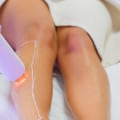The long-term effects of laser therapy, including the potential for an increased risk of cancer, have not been studied. Some researchers have observed changes in atypical moles (dysplastic nevi) after laser hair removal. Therefore, they suggest caution in the use of cosmetic laser therapy for people with a personal or family history of skin cancer or atypical moles, until further investigations determine whether these changes may be malignant or not. So far, no research has shown that light energy from hair removal lasers can cause cancer.
But there are some risks involved, such as redness, scarring and discoloration in the treated area, Bowe said. There is no evidence to suggest that laser hair removal can cause cancer. Because the laser uses light, you may wonder if it is capable of causing skin cancer. Skin cancers are linked to exposure to certain types of ultraviolet light.
Exposure to UV rays comes from direct sunlight or other artificial light sources, such as sun loungers. This is a high-energy wavelength that can damage genetic material inside cells. If DNA is damaged and changes structure, skin cells can become cancerous. Laser hair removal can be dangerous in inexperienced hands.
Burns, permanent changes in skin color, and scarring can occur. You can greatly reduce the risk of potential side effects by having your treatment performed by a doctor who is extremely trained in the use of lasers and who has in-depth knowledge of the skin. The AAD recommends that you choose a board-certified dermatologist to perform laser treatments. When the doctor activates the laser, the laser beam will pass through the skin to the hair follicles.
Intense heat from the laser beam damages hair follicles, inhibiting hair growth. You may experience discomfort, such as a hot prick, and you may feel a cold sensation from the cooling device or gel. The Myth That Laser Hair Removal Therapy Can Cause Cancer Is Unfounded. Lasers are specially designed to traverse skin cells and target only deep skin hair follicles.
In addition to using light and laser therapies to treat existing lesions, CO2 laser resurfacing can be a preventive measure against the formation of BCC and SCC tumors by eliminating light-damaged keratinocytes and encouraging re-epithelialization of stem cells located deeper in the epidermis. Repeated treatments are often necessary because hair growth and loss occur naturally in one cycle, and laser treatment works best with hair follicles in the regrowth stage. Laser hair removal is popular with people who want a hair removal solution that is more permanent than other methods. Laser hair removal is most effective for people who have fair skin and dark hair, but it can be successfully used on all skin types.
The pulses of light energy used in laser hair removal treatments are only designed to heat and destroy hair follicles. Phototherapies and lasers to treat existing lesions and CO2 laser resurfacing can be a preventive measure against the formation of BCC and SCC tumors by eliminating photodamaged keratinocytes and encouraging re-epithelialization of stem cells located deeper in the epidermis. People with blonde, reddish, or gray hair may not notice much change, as laser lights are attracted to dark hair and often don't succeed on light hair. Beware of spas, beauty salons, or other facilities that allow non-medical staff to perform laser hair removal.
Laser hair removal is an effective and safe procedure during which hair growth is permanently reduced and unwanted facial and body hair is removed. Although laser and IPL technology are not known to cause skin cancer, this does not mean that laser and IPL therapies have no long-term risks. August is Hair Loss Awareness Month, the perfect time to discover how dermatologists help people with hair loss. The Food and Drug Administration considers these home laser hair removal devices to be cosmetic, not medical, meaning they don't receive the same level of scrutiny as other medical devices.
In addition to using phototherapies and lasers to treat existing lesions, research has been conducted on the use of laser rejuvenation as a preventive measure against the formation of CCB and SCC tumors. . .










